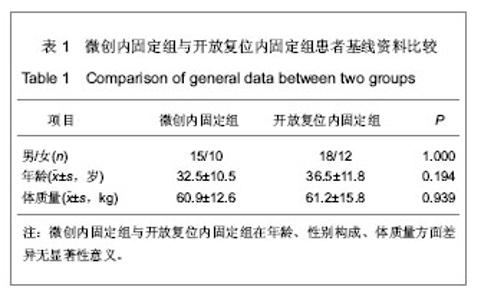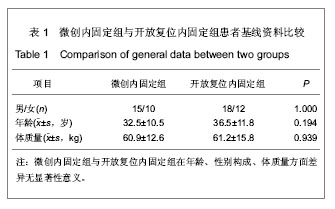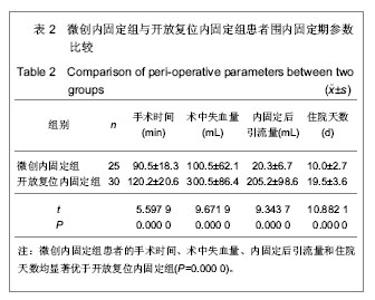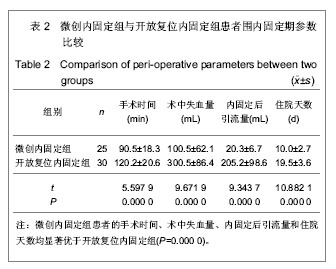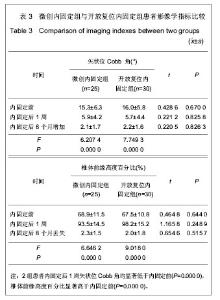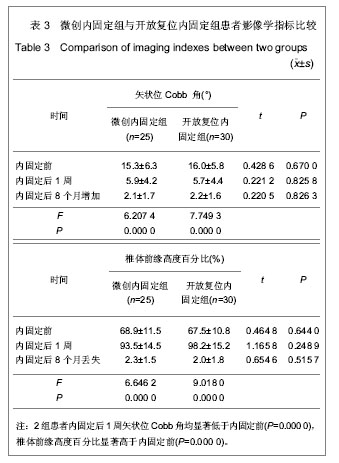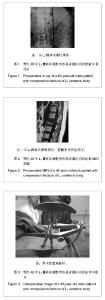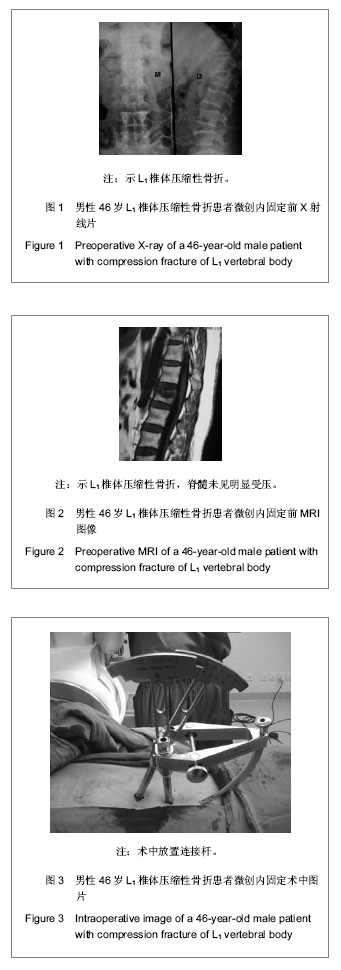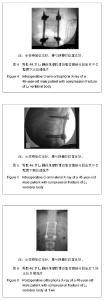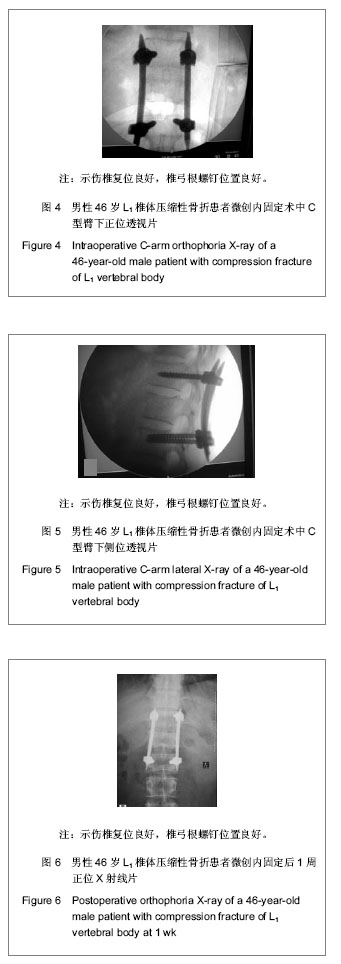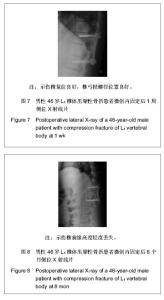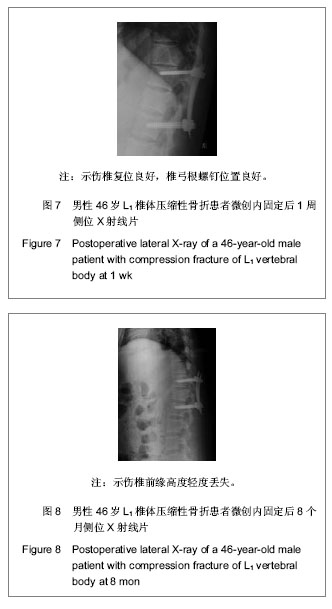| [1] Boelderl A, Daniaux H, Kathrein A, et al. Danger of damaging the medial branches of the posterior rami of spinal nerves during a dorsomedian approach to the spine. Clin Anat. 2002; 15(2):77-81.
[2] Agrawal A, Mizuno J, Kato Y, et al. Minimally invasive pedicle screw placement in a case of L4 fracture: case report with review of literature. Asian J Neurosurg. 2010;5(2):64-69.
[3] Foley KT, Gupta SK, Justis JR, et al. Percutaneous pedicle screw fixation of the lumbar spine. Neurosurg Focus. 2001; 10(4):E10.
[4] Lowery GL, Kulkarni SS. Posterior percutaneous spine instrumentation. Eur Spine J. 2000;9 Suppl 1:S126-130.
[5] Magerl FP. Stabilization of the lower thoracic and lumbar spine with external skeletal fixation. Clin Orthop Relat Res. 1984;(189):125-141.
[6] Foley KT, Gupta SK. Percutaneous pedicle screw fixation of the lumbar spine: preliminary clinical results. J Neurosurg. 2002;97(1 Suppl):7-12.
[7] 王洪伟,李长青,周跃,等.微创与传统开放附加伤椎经椎弓根螺钉内固定手术治疗胸腰椎骨折的疗效比较[J].中国脊柱脊髓杂志, 2010,20(2):112-116.
[8] 肖隆艺,关宏刚,曹正霖,等. Sextant经皮微创脊柱内固定系统治疗胸腰椎骨折24例[J].实用医学杂志, 2012, 28(9):1500-1501.
[9] Oh HS, Kim JS, Lee SH, et al. Comparison between the accuracy of percutaneous and open pedicle screw fixations in lumbosacral fusion. Spine. 2013.
[10] Prokop A, Lohlein F, Chmielnicki M, et al.Minimally invasive percutaneous instrumentation for spine fractures. Unfallchirurg. 2009;112(7):621-624, 626-628.
[11] Schmidt OI, Strasser S, Kaufmann V, et al. Role of early minimal-invasive spine fixation in acute thoracic and lumbar spine trauma. Indian J Orthop. 2007;41(4):374-380.
[12] Wang HW, Li CQ, Zhou Y, et al. Percutaneous pedicle screw fixation through the pedicle of fractured vertebra in the treatment of type A thoracolumbar fractures using Sextant system: an analysis of 38 cases. Chin J Traumatol. 2010; 13(3): 137-145.
[13] Kruger A, Rammler K, Ziring E, et al. Percutaneous minimally invasive instrumentation for traumatic thoracic and lumbar fractures: a prospective analysis. Acta Orthop Belg. 2012; 78(3):376-381.
[14] 王洪伟,周跃,李长青,等.经皮椎弓根螺钉内固定治疗胸腰椎骨折的生物力学及临床研究[J].中华骨科杂志, 2011,31(9):932-937.
[15] 康辉,蔡贤华,徐峰,等. MED、Quadrant、Sextant-R系统联合治疗腰椎滑脱症的临床研究[J].中国修复重建外科杂志, 2013, 27(4):403-407.
[16] 康辉,蔡贤华,徐峰,等. Quadrant系统联合Sextant-R系统微创治疗腰椎滑脱症的临床研究[J].颈腰痛杂志, 2013,34(3):217-220.
[17] Kang H, Cai X, Xu F, et al. [Effectiveness of combined treatment of lumbar spondylolisthesis with MED, Quadrant, and Sextant-R systems]. Zhongguo Xiu Fu Chong Jian Wai Ke Za Zhi. 2013;27(4):399-403.
[18] Sairyo K, Sakai T, Yasui N. Minimally invasive technique for direct repair of pars interarticularis defects in adults using a percutaneous pedicle screw and hook-rod system. J Neurosurg Spine. 2009;10(5):492-495.
[19] Maciejczak A, Barnas P, Dudziak P, et al. Posterior keyhole corpectomy with percutaneous pedicle screw stabilization in the surgical management of lumbar burst fractures. Neurosurgery. 2007;60(4 Suppl 2):232-241; discussion 241-242.
[20] 刘涛,李长青,周跃,等.新型经皮椎弓根螺钉系统的设计与生物力学测试[J].中华骨科杂志,2010,30(6):594-599. |
